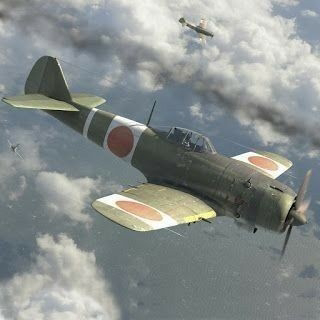Battle of Pearl Harbor ( Dec 7 , 1941 )
The Battle of Pearl Harbor, a significant event during World War II, took place on December 7, 1941. Here are the key details concerning the reasons behind the attack, casualties incurred, officers involved, types of weapons utilized, the outcome of the battle, its future impact, and the official statements made:
Reasons:
The Imperial Japanese Navy launched the attack on Pearl Harbor as a preemptive strike against the United States. Japan aimed to cripple the U.S. Pacific Fleet, which they saw as a threat to their expansionist goals in the Pacific region. Additionally, Japan sought to prevent U.S. interference in their planned military actions in Southeast Asia.
Casualties:
The attack on Pearl Harbor resulted in significant casualties for the United States. The U.S. recorded a total of 2,403 deaths, including 68 civilians, and 1,178 injuries. The majority of these casualties occurred on the USS Arizona battleship, which was sunk during the attack.
Officers Involved:
Vice Admiral Chuichi Nagumo commanded the Japanese forces responsible for the attack. He led the carrier strike force that carried out the operation. On the American side, Admiral Husband E. Kimmel, the commander-in-chief of the U.S. Pacific Fleet at the time, oversaw the American forces.
Types of Weapons Used:
The Japanese attack on Pearl Harbor heavily relied on carrier-based aircraft. The striking force consisted of six aircraft carriers, from which a total of 353 aircraft were launched, including dive bombers, torpedo bombers, and fighter planes. The primary weapons employed were torpedoes and bombs.
Outcome:
The attack on Pearl Harbor initially yielded a significant victory for the Imperial Japanese Navy. They successfully inflicted severe damage on the U.S. Pacific Fleet, sinking or severely damaging numerous battleships and other naval vessels. However, the attack also had the unintended consequence of galvanizing the United States, leading to its entry into World War II and ultimately resulting in the defeat of Japan and its allies.
Future Impact:
The attack on Pearl Harbor had far-reaching consequences for the course of World War II. It compelled the United States to fully engage in the conflict and rallied the American people in support of the war effort. The event also prompted a shift in U.S. public opinion from isolationism to active involvement in global affairs. The attack on Pearl Harbor remains a pivotal moment in history and is often cited as a catalyst for the subsequent Allied victory in the war.
Official Statements:
In response to the attack, President Franklin D. Roosevelt delivered a renowned speech to Congress on December 8, 1941, known as the "Infamy Speech." During this address, he referred to December 7, 1941, as a "date which will live in infamy" and called for a declaration of war against Japan. The speech played a crucial role in mobilizing public support for the war and is remembered as one of the most memorable presidential addresses in U.S. history.




Comments
Post a Comment